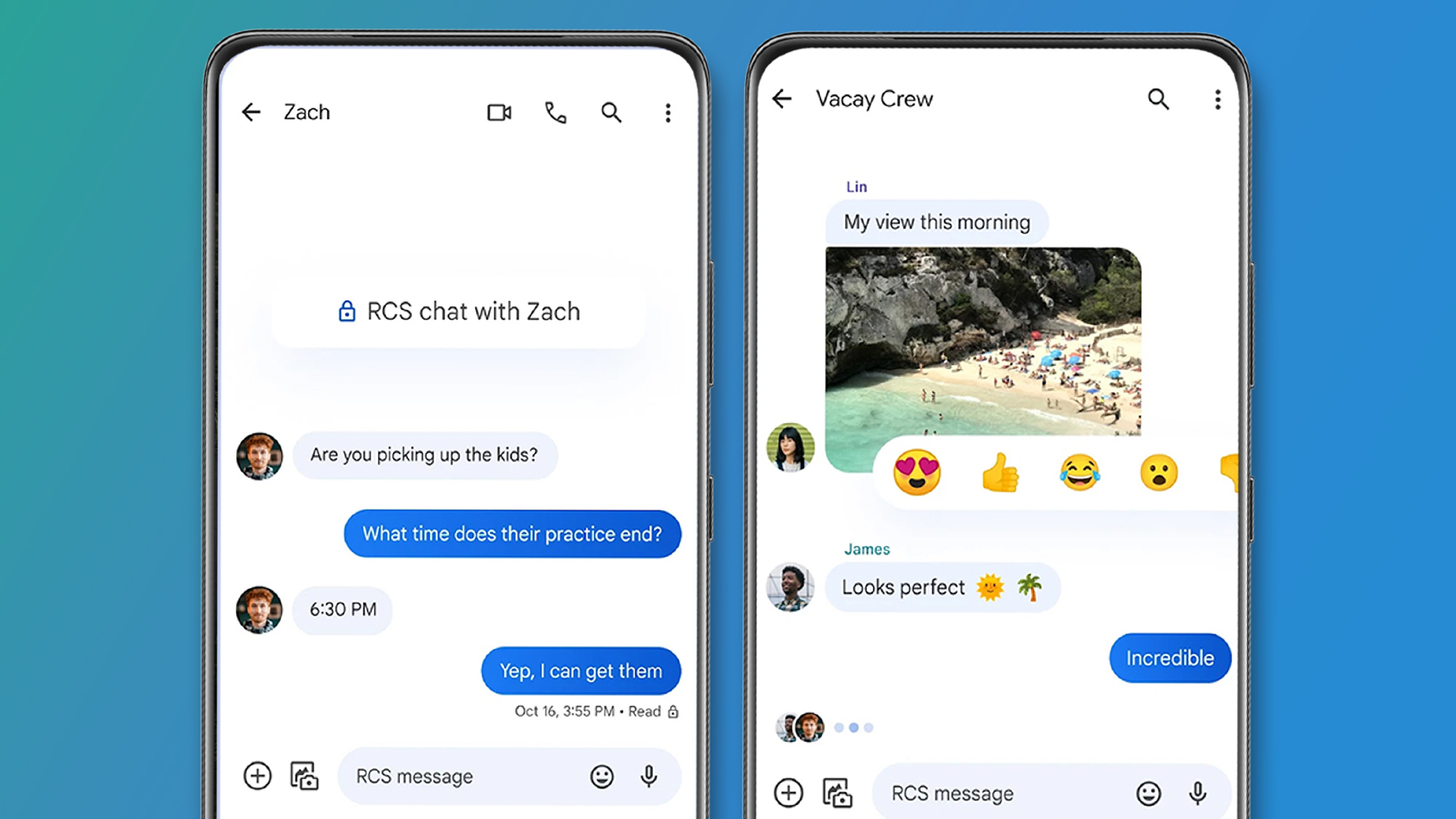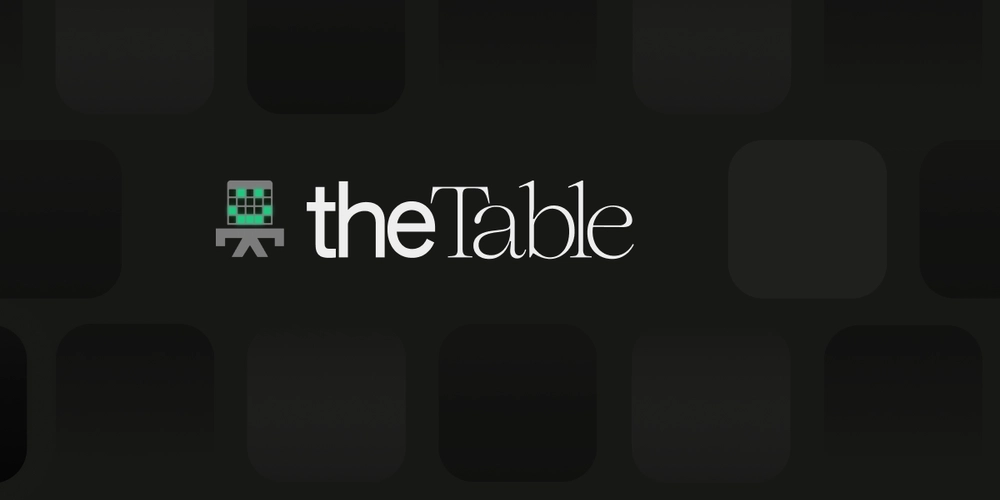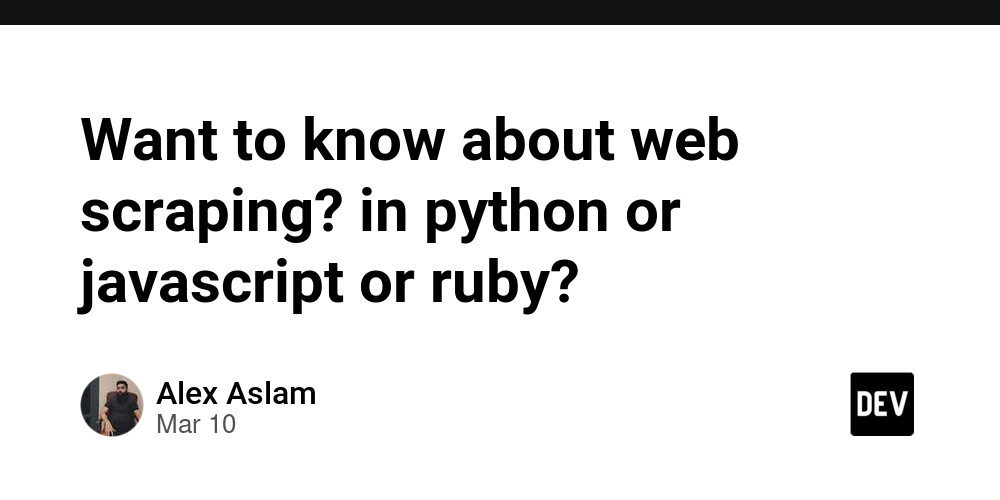RAG, AI Agents and Agentic RAG - what is it and how does it work?
If you’re keeping up with AI (and who isn’t?), you’ve probably heard of Retrieval-Augmented Generation (RAG) and AI Agents. But what about this other term Agentic RAG? It’s like combining the best parts of both worlds—retrieval-driven accuracy and agent-based decision-making—to create something seriously powerful. In this guide, I’ll walk you through how these systems work, why they matter, and how you can use them to level up your projects. What’s the Deal with RAG? RAG makes large language models (LLMs) smarter by adding real-time retrieval into the mix. Instead of relying solely on the data they were trained on (which, let’s face it, can get outdated fast), RAG pulls relevant information from external sources during runtime. How does RAG work At its core, RAG has two key components: Retriever: Think of this as the search engine for your system. It uses vector similarity (tools like FAISS or Pinecone) to fetch relevant documents or data based on the input query. Generator: This is your LLM (like GPT), which takes the fetched data and crafts a coherent, context-aware response. Why You’ll Love It No Hallucinations (Well, Fewer Anyway): By grounding responses in real data, RAG drastically reduces those “plausible but wrong” outputs we all hate. Real-Time Updates: Pulls in fresh, accurate information instead of being stuck with static training data. Quick to Set Up: With tools like LangChain or Haystack, integrating RAG into your app is surprisingly straightforward. Where It Shines Customer support chatbots pulling FAQs or manuals in real-time Healthcare apps pulling the latest research papers for diagnosis Research tools pulling niche datasets for highly specialized queries What Are AI Agents? AI Agents take things a step further by acting autonomously. They don’t just process inputs—they make decisions, execute tasks, and can even collaborate with other agents. What Kinds of Agents Are Out There? Reactive Agents: They’re quick to react but have no memory. Great for simple rule-based tasks. Cognitive Agents: These are your memory-holding, learning-from-the-past kind of agents. Collaborative Agents: Perfect for distributed systems, where multiple agents share tasks and data. Why Use Agents? Agents are like having a virtual assistant that can analyze, decide, and act without constant handholding. Whether it’s automating workflows, optimizing processes, or handling complex queries, they get it done. What Is Agentic RAG? Now imagine combining RAG’s retrieval magic with an agent’s autonomy, and you get Agentic RAG. It’s a hybrid approach that gives agents the power to dynamically decide what to retrieve, when, and why. How It Works Here’s a simplified flow: Agents Analyze: One agent figures out what data is needed and sends out a retrieval task. Dynamic Retrieval: The retriever fetches the most relevant info based on the agent’s input. Generator Crafts a Response: The retrieved data and the query go into the LLM for a well-rounded output. Why It’s a Big Deal Smarter Retrieval: Agents actively decide the scope of retrieval, making it far more efficient and relevant. Better Context: Multi-agent collaboration means complex queries can be broken into manageable tasks. Real-Time, Personalized Responses: Perfect for dynamic applications like chatbots or recommendation engines. Use Cases to Get You Inspired Company Research Agent Website Domain Valuation Expert Earnings Call Analyzer How They Compare RAG AI Agents Agentic RAG Focus Real-time info retrieval Autonomous decision-making Combines both for dynamic solutions Strengths Accuracy, real-time data Independence, task automation Context-aware, multi-agent workflows Limitations No autonomy No external data retrieval Can be complex to implement Why Agentic RAG Should Be on Your Radar For developers, Agentic RAG isn’t just another buzzword—it’s a powerful framework that combines the best of both retrieval and autonomy. Whether you’re building a next-gen chatbot, a decision-making tool, or anything in between, this hybrid approach gives you the flexibility and intelligence to tackle real-world challenges. Got ideas or questions? Let’s chat—I’d love to hear how you’d apply this in your projects
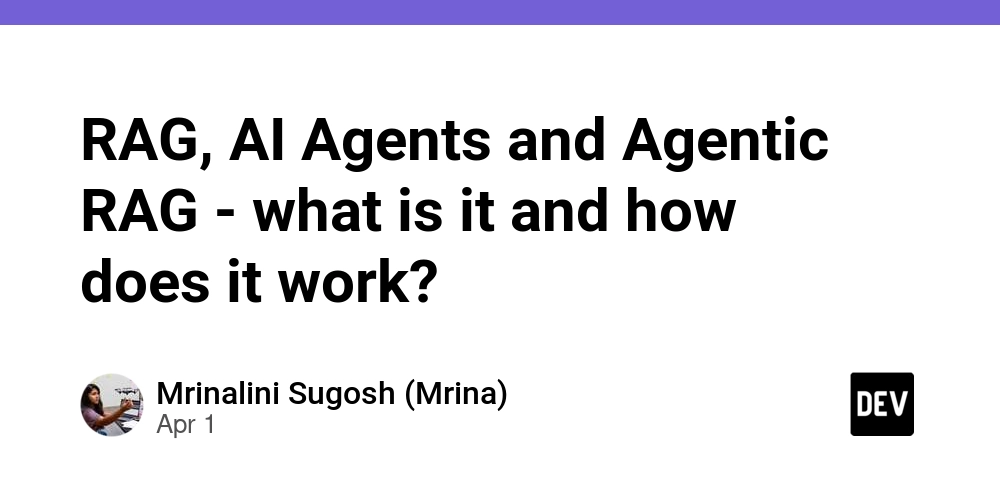
If you’re keeping up with AI (and who isn’t?), you’ve probably heard of Retrieval-Augmented Generation (RAG) and AI Agents. But what about this other term Agentic RAG? It’s like combining the best parts of both worlds—retrieval-driven accuracy and agent-based decision-making—to create something seriously powerful.
In this guide, I’ll walk you through how these systems work, why they matter, and how you can use them to level up your projects.
What’s the Deal with RAG?
RAG makes large language models (LLMs) smarter by adding real-time retrieval into the mix. Instead of relying solely on the data they were trained on (which, let’s face it, can get outdated fast), RAG pulls relevant information from external sources during runtime.
How does RAG work
At its core, RAG has two key components:
- Retriever: Think of this as the search engine for your system. It uses vector similarity (tools like FAISS or Pinecone) to fetch relevant documents or data based on the input query.
- Generator: This is your LLM (like GPT), which takes the fetched data and crafts a coherent, context-aware response.
Why You’ll Love It
- No Hallucinations (Well, Fewer Anyway): By grounding responses in real data, RAG drastically reduces those “plausible but wrong” outputs we all hate.
- Real-Time Updates: Pulls in fresh, accurate information instead of being stuck with static training data.
- Quick to Set Up: With tools like LangChain or Haystack, integrating RAG into your app is surprisingly straightforward.
Where It Shines
Customer support chatbots pulling FAQs or manuals in real-time
Healthcare apps pulling the latest research papers for diagnosis
Research tools pulling niche datasets for highly specialized queries
What Are AI Agents?
AI Agents take things a step further by acting autonomously. They don’t just process inputs—they make decisions, execute tasks, and can even collaborate with other agents.
What Kinds of Agents Are Out There?
- Reactive Agents: They’re quick to react but have no memory. Great for simple rule-based tasks.
- Cognitive Agents: These are your memory-holding, learning-from-the-past kind of agents.
- Collaborative Agents: Perfect for distributed systems, where multiple agents share tasks and data.
Why Use Agents?
Agents are like having a virtual assistant that can analyze, decide, and act without constant handholding. Whether it’s automating workflows, optimizing processes, or handling complex queries, they get it done.
What Is Agentic RAG?
Now imagine combining RAG’s retrieval magic with an agent’s autonomy, and you get Agentic RAG. It’s a hybrid approach that gives agents the power to dynamically decide what to retrieve, when, and why.
How It Works
Here’s a simplified flow:
- Agents Analyze: One agent figures out what data is needed and sends out a retrieval task.
- Dynamic Retrieval: The retriever fetches the most relevant info based on the agent’s input.
- Generator Crafts a Response: The retrieved data and the query go into the LLM for a well-rounded output.
Why It’s a Big Deal
- Smarter Retrieval: Agents actively decide the scope of retrieval, making it far more efficient and relevant.
- Better Context: Multi-agent collaboration means complex queries can be broken into manageable tasks.
- Real-Time, Personalized Responses: Perfect for dynamic applications like chatbots or recommendation engines.
Use Cases to Get You Inspired
How They Compare
| RAG | AI Agents | Agentic RAG | |
|---|---|---|---|
| Focus | Real-time info retrieval | Autonomous decision-making | Combines both for dynamic solutions |
| Strengths | Accuracy, real-time data | Independence, task automation | Context-aware, multi-agent workflows |
| Limitations | No autonomy | No external data retrieval | Can be complex to implement |
Why Agentic RAG Should Be on Your Radar
For developers, Agentic RAG isn’t just another buzzword—it’s a powerful framework that combines the best of both retrieval and autonomy. Whether you’re building a next-gen chatbot, a decision-making tool, or anything in between, this hybrid approach gives you the flexibility and intelligence to tackle real-world challenges.
Got ideas or questions? Let’s chat—I’d love to hear how you’d apply this in your projects







































































































































































![[The AI Show Episode 143]: ChatGPT Revenue Surge, New AGI Timelines, Amazon’s AI Agent, Claude for Education, Model Context Protocol & LLMs Pass the Turing Test](https://www.marketingaiinstitute.com/hubfs/ep%20143%20cover.png)




































































































































![From drop-out to software architect with Jason Lengstorf [Podcast #167]](https://cdn.hashnode.com/res/hashnode/image/upload/v1743796461357/f3d19cd7-e6f5-4d7c-8bfc-eb974bc8da68.png?#)


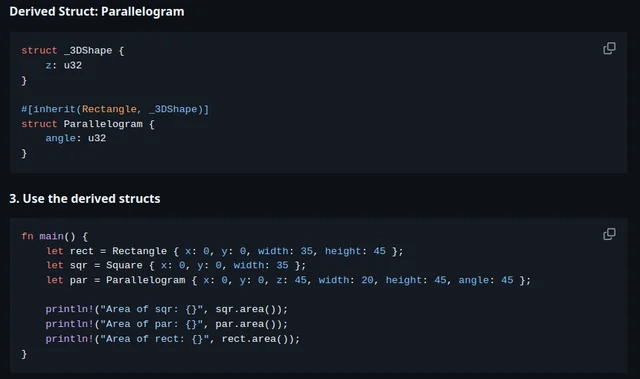







































































































.jpg?#)





.png?width=1920&height=1920&fit=bounds&quality=70&format=jpg&auto=webp#)
























_ArtemisDiana_Alamy.jpg?#)















































































-xl.jpg)













![Yes, the Gemini icon is now bigger and brighter on Android [U]](https://i0.wp.com/9to5google.com/wp-content/uploads/sites/4/2025/02/Gemini-on-Galaxy-S25.jpg?resize=1200%2C628&quality=82&strip=all&ssl=1)












![Apple Rushes Five Planes of iPhones to US Ahead of New Tariffs [Report]](https://www.iclarified.com/images/news/96967/96967/96967-640.jpg)
![Apple Vision Pro 2 Allegedly in Production Ahead of 2025 Launch [Rumor]](https://www.iclarified.com/images/news/96965/96965/96965-640.jpg)

















